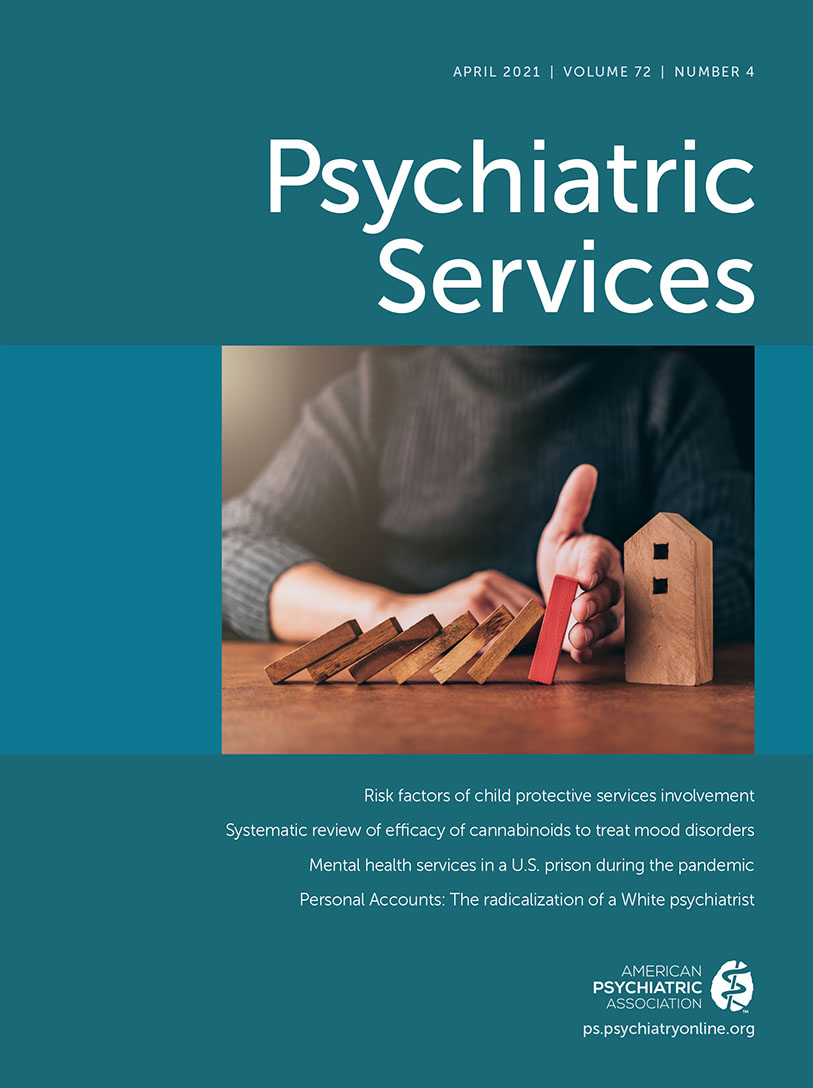Mental Disorders, Substance Use Disorders, and Psychotropic Medication Use Among Sudden-Death Victims
Abstract
Objective:
The authors sought to estimate the prevalence of mental and substance use disorders and psychotropic medication prescriptions among working-age sudden-death victims.
Methods:
Using a written protocol, the authors screened for sudden deaths attended by emergency medical services (EMS) in a large metropolitan county in North Carolina from March 1, 2013, to February 28, 2015. Sudden-death cases were adjudicated by three cardiologists. Mental health and chronic disease diagnoses and treatments were abstracted from EMS, medical examiner, toxicology, and autopsy reports and from clinical records for the past 5 years before death.
Results:
Sudden death was identified for 399 adults ages 18–64 years, 270 of whom had available medical records. Most sudden-death victims were White (63%) and male (65%), had a comorbid condition such as hypertension or respiratory disease, and had a mean±SD age of death of 53.6±8.8 years. Most victims (59%) had at least one mental health or substance use disorder documented in a recent medical record; 76%–78% of victims with a mental disorder had a documented psychotropic medication prescription. However, fewer than one-half (41%) had a documented referral to a mental health professional. The most common diagnostic categories were depressive, anxiety, and alcohol-related disorders. Almost one-half (46%) of the victims had a recent psychotropic prescription, most commonly antidepressants (29%) and benzodiazepines (19%).
Conclusions:
Mental illness, substance use disorders, and psychotropic medication prescriptions were prevalent among sudden-death victims. The health care needs of these individuals may be better addressed by collaborative care for general medical and mental disorders.



